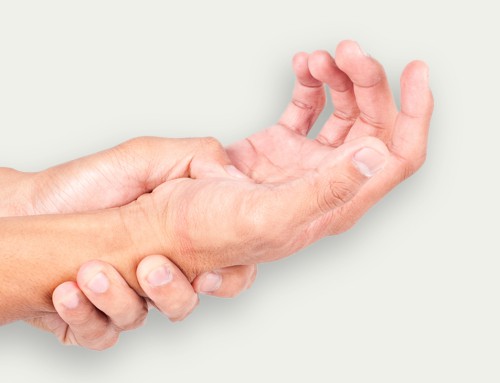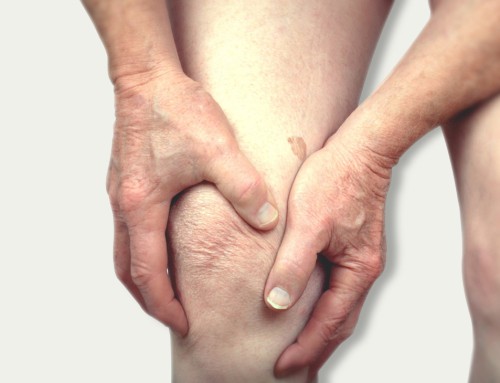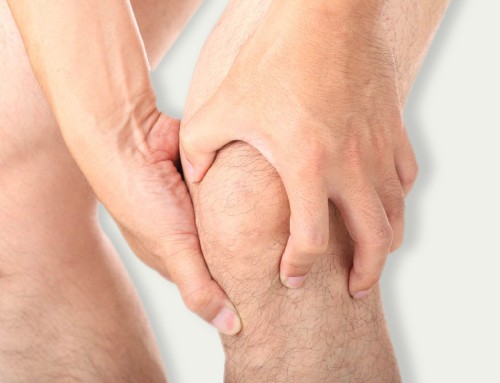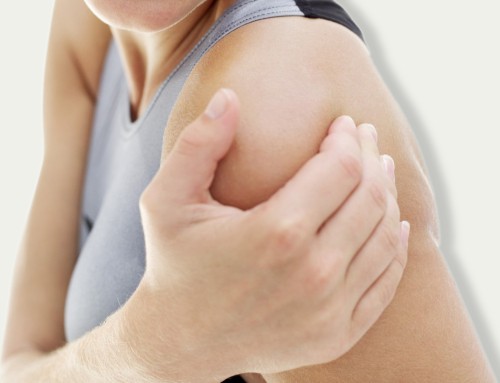Project Description
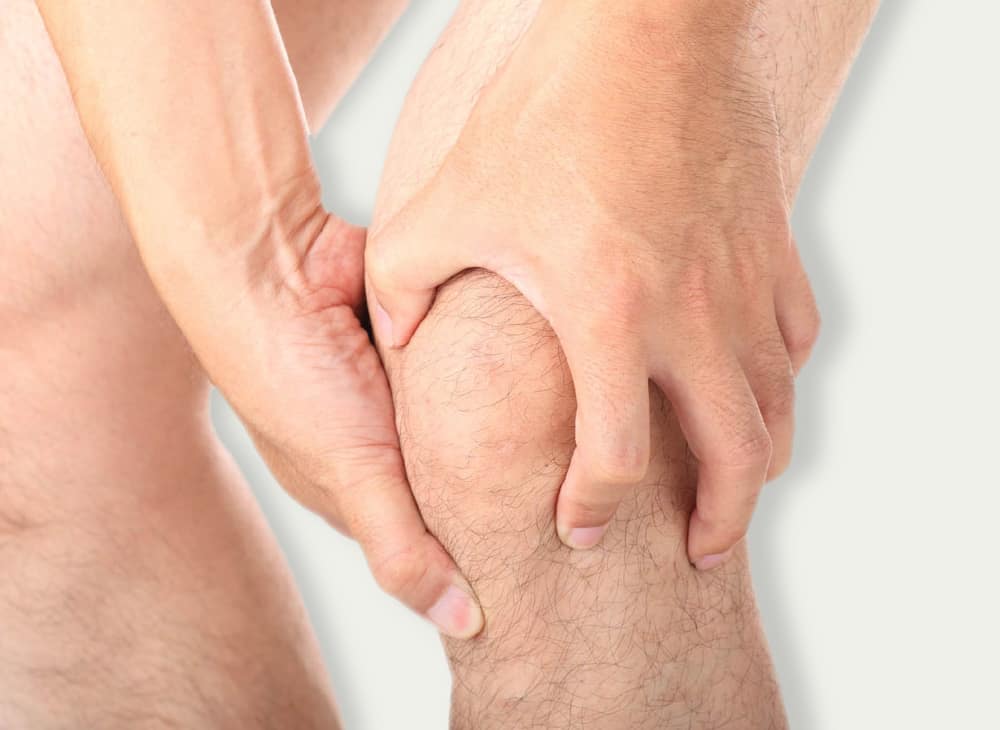

Knee Pain
Knees are large joints, which are crucial to most activities we undertake, particularly walking and climbing stairs. The knee joint is an articulation of the femur and the tibia, its primary movement is one of flexion and extension. A number of tendons and ligaments cross the knee joint and act to support the structural integrity of the joint.
Knee pain is commonly an overuse injury, often suffered by sports people who have not allowed adequate rest and recovery between training. Another common cause is trauma, a twist or impact can acutely damage the structures surrounding the knee.
There are a large number of specific conditions which can give rise to knee pain, they can be classified as musculotendinous, ligaments, or osseous in nature.
The patellofemoral ligament can be overused by athletes running or jumping, hence the terms runners knee or jumper’s knee. It is a large tendon, which tethers the force of the anterior thigh to the tibia, allowing control over flexion of the knee. The forces involved when running or jumping can be up to 4 times our body weight, so it is easy to see how these structures can break down in athletes. The tendon can suffer microscopic damage, and subsequent thickening if not rehabilitated effectively. It may be that the tendon is not pulling in the plane it is designed to, and some biomechanical assessment may be required.
Ligaments add to the integrity of the joint, and hold separate bones close to each other, limiting their movement. If an external force is applied to a knee joint that is too great or in the wrong direction, such as a side on impact to the knee, then the ligaments can be damaged or torn. Torn ligaments bleed, leading to a rapid swelling of the joint which can prevent it moving at all. Managing this initial inflammation is crucial for the mobility of the joint, so it is important to get physiotherapy as quickly as possible
Osseous, or bony pathologies commonly described as arthritic knees are common as we age. Maintaining function and strength in the joint is key to managing arthritic knees, and keeping as much mobility as possible.
At Davenport House, the physiotherapist and podiatrist work closely together to assess the biomechanical factors of the foot, ankle and knee, and address how these may impact on your knee pain.
As well as Physiotherapy, the Physiotherapist may recommend a biomechanical assessment with the Podiatrist who can prescribe orthotics to help relieve your knee pain.

